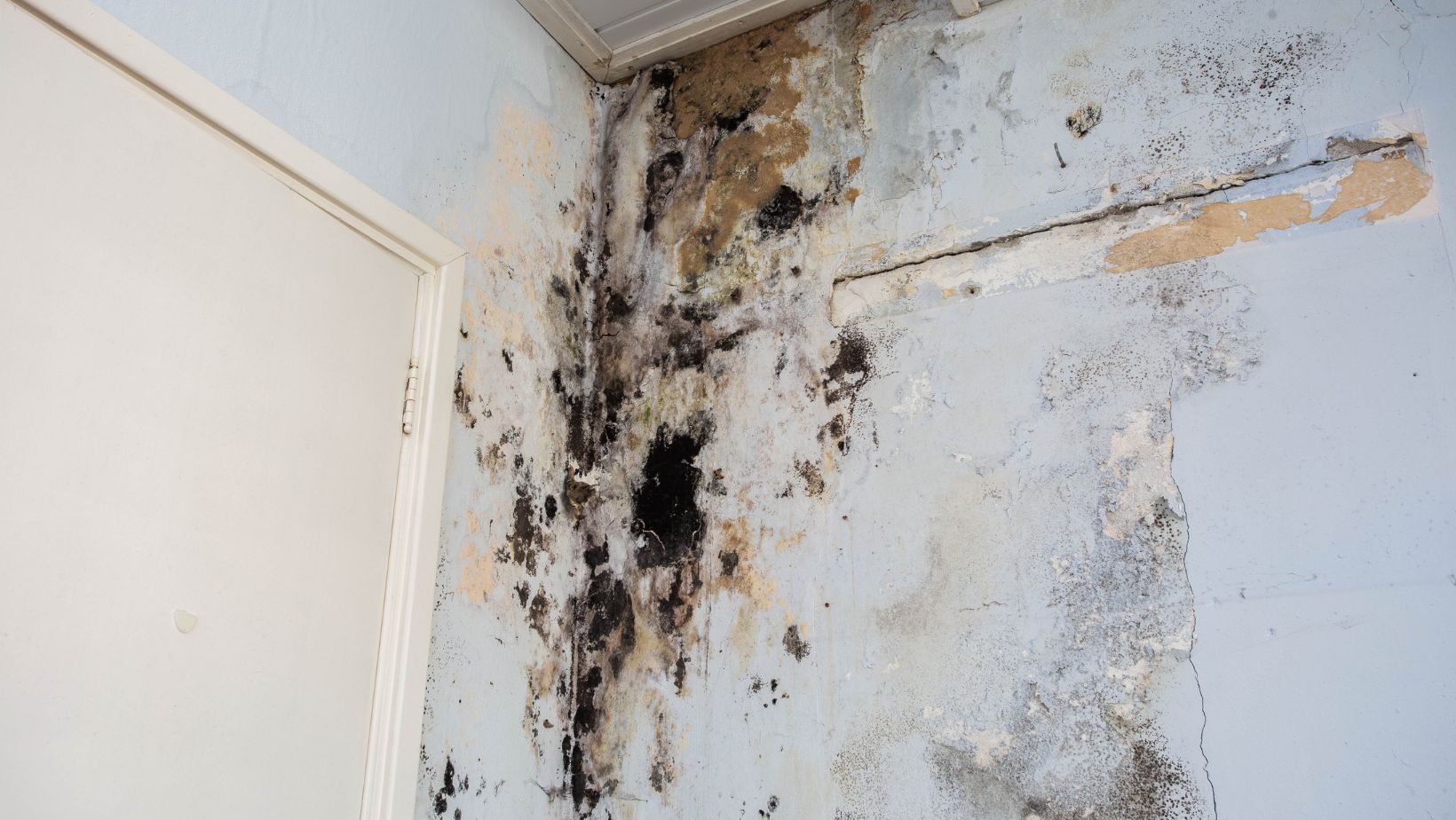Identifying Toxic Mold In Your House

Mould growth is a major issue that most homeowners and tenants face, especially in areas with high humidity. Mould is a grey or green fungus that grows on objects, including paper, wood, food, and fabrics.
Most people overlook the presence of mould in their homes as a superficial problem, but in reality, it is harmful to their health and it is destructive. The major causes of mould in a house are poor ventilation, damp clothing, water leaks, high humidity and condensation, roof leaks and Use of humidifiers
If you identify mould in your house, take immediate action and pursue assistance from a professional to carry out a mould test to avoid health problems, damage to your home’s structure, and a decrease in property value.
What are the major signs of mould in a house?
Discoloration And Staining
Spots on surfaces, especially in walls, storage areas, carpets, kitchens, and bathrooms, are the most noticeable and obvious signs of mould infection in a house. Dark water in your walls is also an indication of mould presence. Be on the lookout for dark green and black patches with a powdery or slimy texture. Quick action should be taken to remove the mould.
Allergic Reactions
If you or any other member of your household experience frequent allergic reactions that suddenly persist or develop when indoors and fade away while outside, this is a sign of mould exposure. However, different people react differently to mould; some may be more sensitive than others. Symptoms such as stuffy or runny nose, skin rashes, irritation in your throat and eyes, sneezing, watery eyes, fever, difficulty breathing, and coughing are warning signals associated with mould vulnerability.
Musty Odour
A strong, dumpy, earthy, musty, or stale smell is a sign of mould growth. This is the most common sign of mould, and it is usually strong in areas prone to moisture and high humidity, such as the kitchen, bathroom, and basement.

It is recommended that you open your windows and increase your room ventilation to allow enough air circulation.
Paints Cracking or Peeling.
If you notice peeling or cracking of your paints in certain areas, this may be a sign of mould. It is wise to seek assistance from professionals to carry out thorough inspections as they have the expertise and right tools to recognize hidden mould.
Taste
Appliances that use water are a perfect breeding area for mould growth. Proper maintenance and regular cleaning will aid in the prevention of mould growth.
Droplets of Water on Walls
Droplets of water on the wall, the refrigerator, or the air conditioner are caused by condensation, which occurs when the surface is colder than the air.
Conclusion
The presence of large amounts of mould can elevate health risks, especially in infants and the elderly.

Preventing mould growth in a house is essential for maintaining a healthy environment; here are some strategies to use to keep your home mould-free.
• Check for leaks and repair them.
• Control the humidity level in your home.
• Use circulating fans and vent fans in your kitchen and bathroom.
• Immediately wipe up spills and dry carpeting
• Increase air circulation in your home.
• Open the windows when bathing and wipe the walls after bathing
• Clean and perform maintenance on house appliances regularly.




